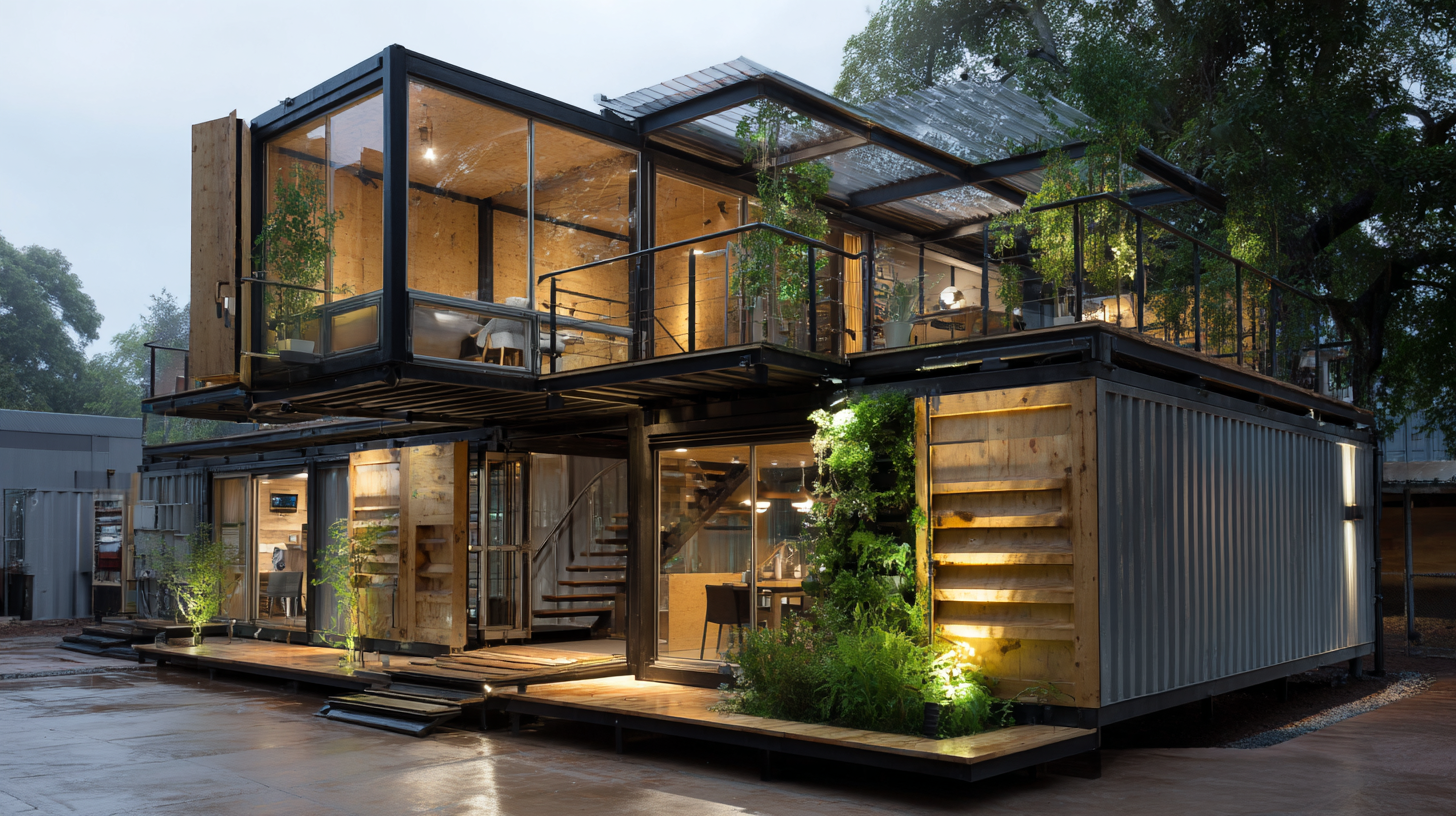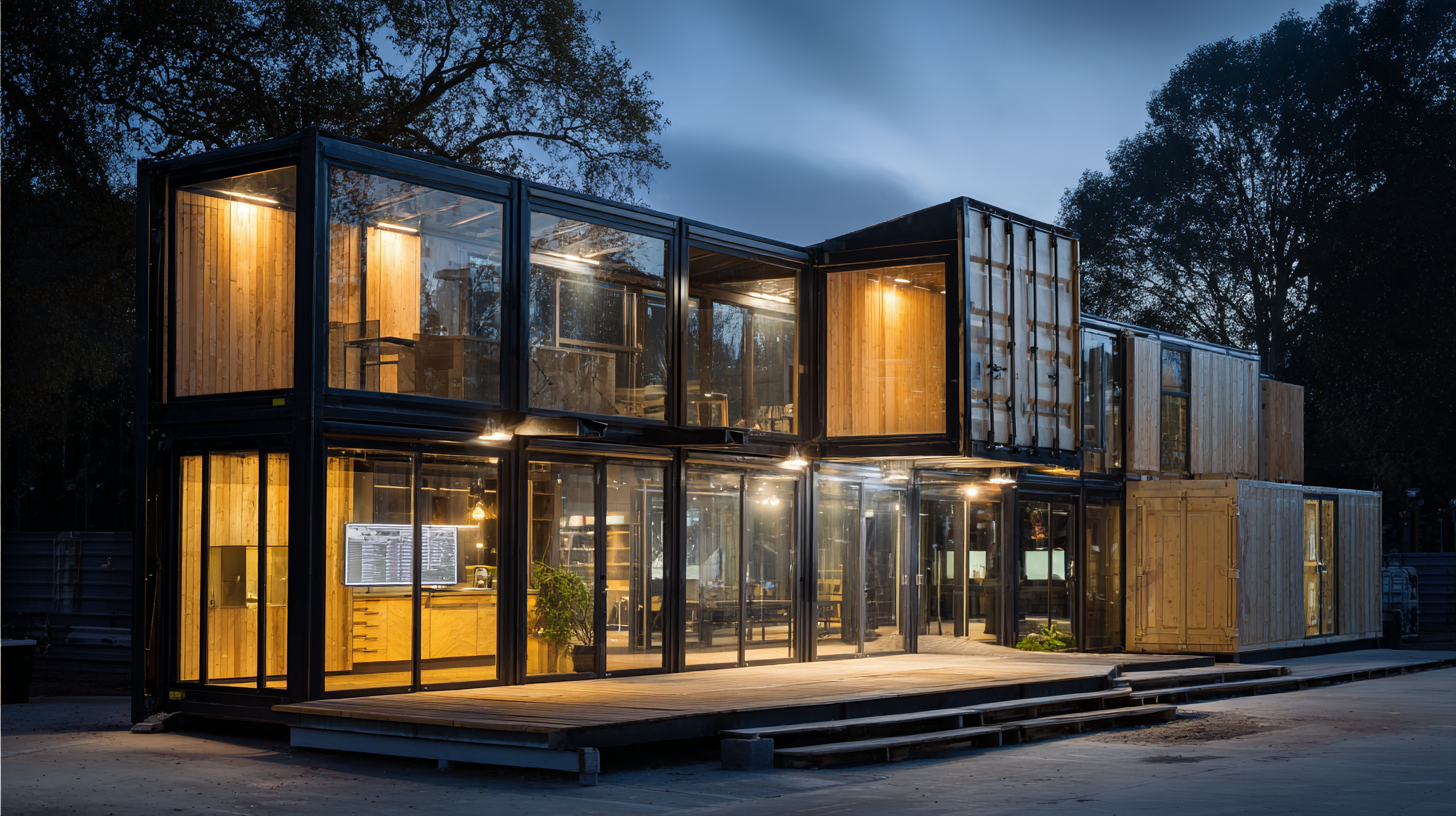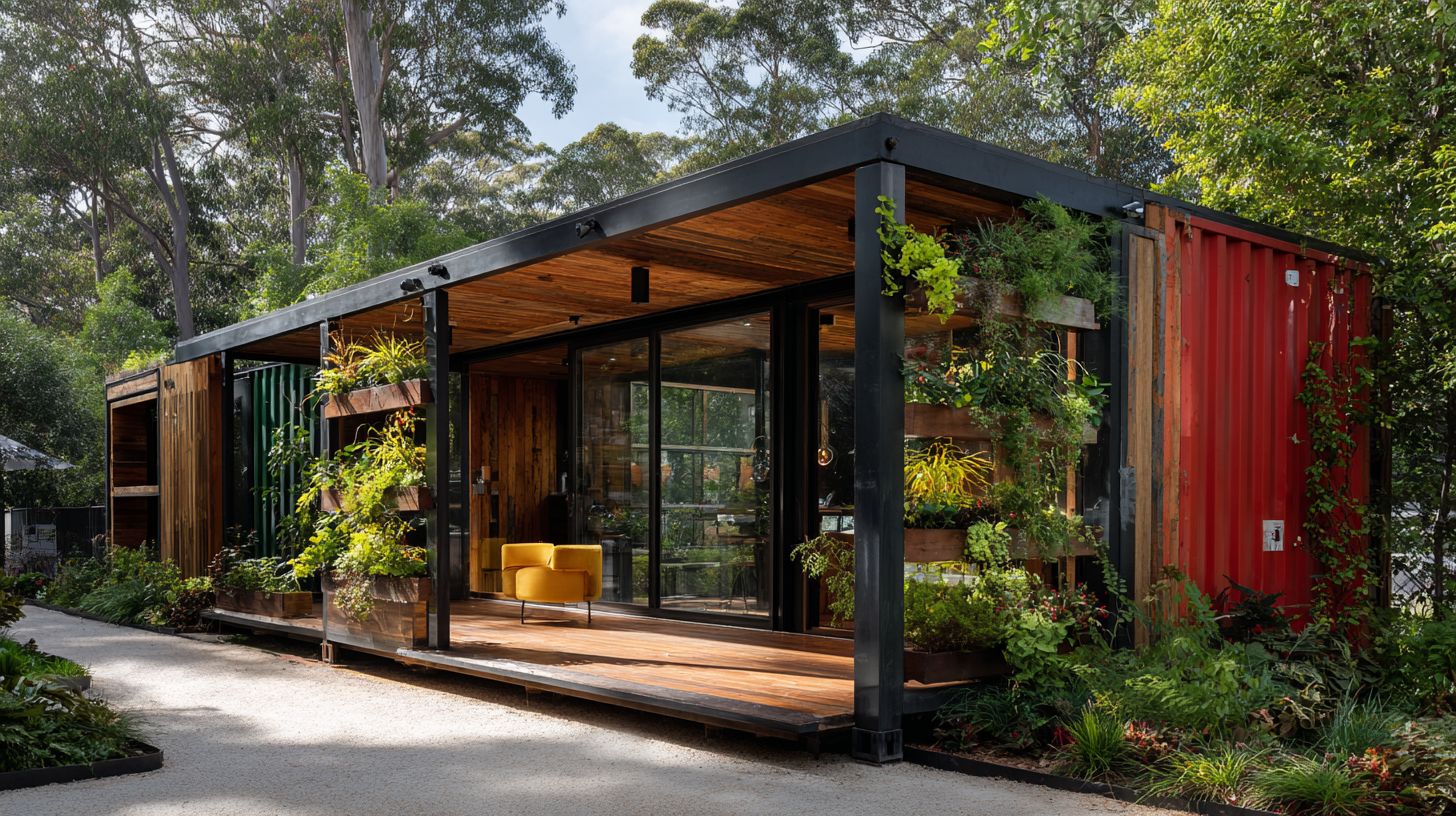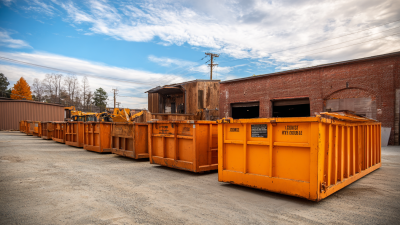Transforming Spaces: The Rising Trend of Eco-Friendly Construction Containers in Modern Architecture
In recent years, the architectural landscape has witnessed a significant shift towards sustainability, with eco-friendly practices becoming a priority. One of the most innovative trends contributing to this transformation is the use of construction containers in modern architecture. These versatile structures, originally designed for shipping goods, have now found a new purpose in creating environmentally conscious buildings. The rising trend of utilizing construction containers not only promotes recycling and repurposing materials but also offers cost-effective and efficient solutions for urban development. As cities grapple with issues such as rising energy costs, limited space, and environmental degradation, construction containers present a viable alternative that aligns with the principles of eco-friendly construction. This article will explore the various benefits and applications of construction containers, highlighting how they are reshaping our understanding of sustainable architecture in the contemporary built environment.

Advantages of Using Eco-Friendly Construction Containers in Modern Architecture
Eco-friendly construction containers are rapidly emerging as a transformative approach in modern architecture, driven by their sustainable and adaptable characteristics.
Shipping container homes illustrate how repurposing materials can lead to affordable and efficient housing solutions. Research indicates that utilizing shipping containers can reduce construction waste by up to 90%, championing the principles of green architecture.
Projects like Urban Rigger in Copenhagen showcase how these containers can be innovatively designed into multi-functional living spaces while minimizing environmental impact.
The advantages of using eco-friendly construction containers extend beyond sustainability. They offer flexibility in design and construction, making it easier to adapt to various urban landscapes. For example, homes built with shipping containers can be easily transported and modified, accommodating the ever-changing needs of urban populations.
In Bengaluru, The Habitainer has pioneered solar-powered container homes, merging renewable energy with recycled materials to provide swift housing solutions. This innovative approach not only addresses housing shortages but also aligns with the principles of the circular economy, promoting a rethinking of traditional building methods for a more sustainable future.
Innovative Design Ideas for Transforming Shipping Containers into Functional Spaces
Shipping containers are emerging as a versatile solution for modern architecture,
offering innovative design possibilities that seamlessly blend functionality with sustainability. Architects and designers are creatively repurposing these
robust structures into residences, offices, and even recreational spaces. By cutting and reconfiguring the containers, they can create
open-plan living areas that maximize natural light and airflow, allowing for a unique interior that feels
spacious and inviting.
Incorporating eco-friendly features into these transformed containers further enhances their appeal.
Green roofs, solar panels, and rainwater harvesting systems are just a few examples of how to transform
a simple shipping container into an eco-conscious space. Additionally, the use of recycled and sustainably sourced materials in the interior design not only
reduces environmental impact but also promotes a stylish aesthetic that appeals to today’s eco-aware consumer. This trend not only highlights the innovative
spirit of modern architecture but also fosters a deeper connection between built environments and the natural world.
Sustainable Practices: How Container Construction Reduces Waste and Carbon Footprint
The rising trend of eco-friendly construction containers is revolutionizing modern architecture, particularly in the quest for sustainability.
Container construction, using repurposed shipping containers, significantly reduces construction waste and lowers carbon footprints. A comparative analysis of embodied carbon in modular versus conventional construction shows that modular methods can reduce material waste by up to 50%, while also cutting carbon emissions during the building phase. This is critical as we address broader environmental concerns, including the need for effective waste management practices in the construction industry.
Tips for making a green choice include opting for materials that are not only sustainable but also reduce resource consumption. For instance, using materials like recycled steel or modified shipping containers can lead to substantial energy savings. Additionally, integrating features such as solar panels and rainwater harvesting systems can further enhance the sustainability of these eco-friendly structures. As the global push for carbon neutrality gains momentum, leveraging innovative solutions like container architecture not only aligns with sustainable development goals but also fosters a circular economy that minimizes environmental impact.
Integrating Green Technology: Creating Energy-Efficient Container Homes
The integration of green technology in container homes is reshaping modern architecture, presenting sustainable housing solutions that resonate with eco-conscious consumers. With the global container homes market projected to grow from USD 60.02 billion in 2024 to USD 95.74 billion by 2033, this trend is not just a passing fad; it's a movement towards energy-efficient living. Container homes, designed to minimize environmental impact, often employ innovative technologies such as solar panels, energy-efficient HVAC systems, and smart monitoring solutions to optimize energy use. This approach not only reduces utility costs but also significantly lowers carbon footprints.

Moreover, as cities recognize the need for affordable housing, initiatives like Cleveland's transformative housing projects showcase the practicality of modular designs in promoting sustainability. By utilizing repurposed shipping containers, these developments can be constructed quickly and affordably, providing high-quality homes that meet the demands of modern living while adhering to sustainability principles. The rise of eco-friendly construction containers is thus a testament to the potential of marrying innovative design with green technology, paving the way for a more sustainable future in architecture.
Challenges and Solutions in Implementing Eco-Friendly Container Projects
The rising trend of eco-friendly construction containers presents a myriad of challenges that require innovative solutions. As urbanization accelerates and the demand for sustainable building practices increases, implementing container projects necessitates addressing regulatory hurdles and material suitability. Local building codes may not always accommodate the unique structures that containers represent, posing a barrier to their adoption. Additionally, ensuring the containers meet environmental standards requires thorough assessment and innovative design to create safe, livable spaces.
To tackle these challenges, collaboration between architects, developers, and policymakers is essential. By developing guidelines that recognize the benefits of container construction—such as reduced material waste and shorter construction timelines—stakeholders can facilitate smoother project approvals. Furthermore, leveraging advanced technologies for insulation and energy efficiency can enhance the viability of eco-friendly container homes. As seen in other industries, such as food packaging and healthcare, integrating sustainable materials and practices can serve as a model for the construction sector, paving the way for resilient, eco-conscious architecture that meets modern needs without compromising the planet's health.



